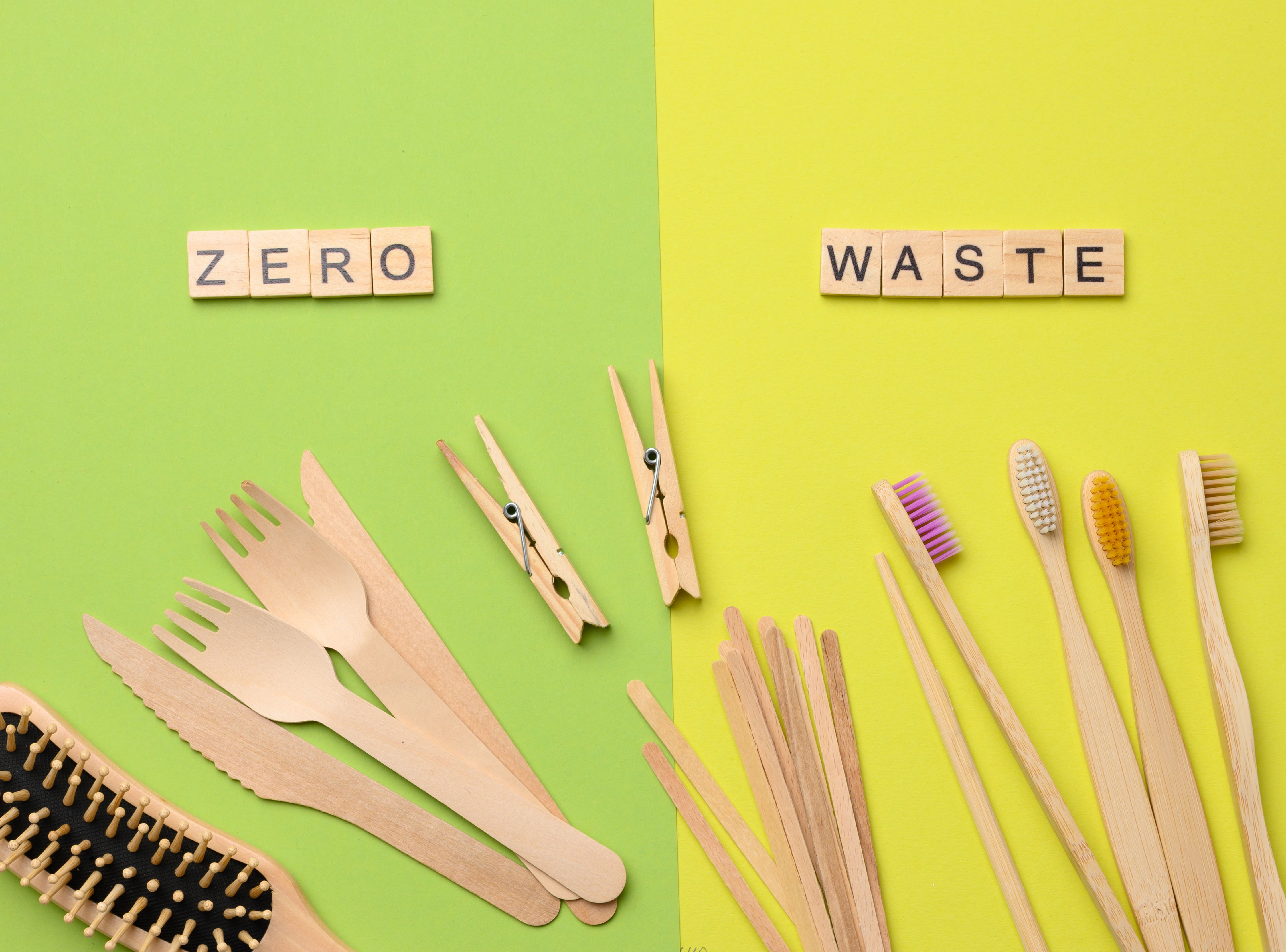Sustainable Materials: Biodegradable Plastics and Eco-Friendly Material Innovations
Introduction to Sustainable Materials
Sustainable materials are designed to minimize environmental impact throughout their lifecycle—from sourcing to disposal—while offering performance comparable to traditional options. In 2025, the push for eco-friendly alternatives has accelerated due to regulations, consumer demand, and technological breakthroughs. Biodegradable plastics, which break down naturally without leaving harmful residues, lead this charge, alongside innovations like bio-based composites and upcycled textiles. This article examines these advancements, their applications, and the path to a circular economy.
What Are Sustainable Materials?
Sustainable materials prioritize renewability, recyclability, and low carbon footprints. Unlike fossil-based plastics, which contribute to 8% of global greenhouse gases, eco-friendly options derive from biomass, waste, or recycled sources. Key benefits include:
- Reduced Waste: Biodegradable materials decompose via microbes or enzymes, cutting microplastic pollution.
- Resource Efficiency: Bio-based sources like algae or agricultural waste use less water and energy.
- Versatility: From packaging to fashion, these materials match conventional durability.
The global bioplastics market, valued at $6.3 billion in 2025, is projected to reach $15.6 billion by 2035, growing at a 9.5% CAGR, driven by policies like the EU's single-use plastic bans. Innovations in production, such as microbial fermentation, are lowering costs and expanding applications.
Biodegradable Plastics: Breaking Down the Basics
Biodegradable plastics degrade through biological processes, often in compost or soil, unlike traditional plastics that persist for centuries. They fall into two categories:
- Bio-based: Derived from plants (e.g., corn starch for PLA) or microbes (e.g., PHA from bacteria).
- Fossil-based yet biodegradable, PBAT breaks down despite its petroleum origins.
Types and Properties
- Polylactic Acid (PLA): Made from fermented plant sugars; compostable in industrial facilities (breaks down in 3–6 months). Used in packaging and 3D printing; 13.9% of the bioplastics market.
- Polyhydroxyalkanoates (PHA): Bacterial polymers; fully biodegradable in soil/ocean (months to years). This technology is ideal for medical implants and is emerging in films and bags.
- Polybutylene Succinate (PBS): Strong, flexible, compostable, and partially bio-based. Contender for replacing PET in bottles.
- PBAT and Starch Blends are drop-in films designed for grocery bags that degrade in 90 days when composted.
Challenges include higher costs (2–3x traditional plastics) and slower degradation in home compost. Innovations like blending with fillers improve strength and affordability.
Key Innovations in Biodegradable Plastics (2025)
2025 marks a pivotal year for bioplastics, with microbial engineering and waste upcycling slashing production costs.
1. PDCA: Stronger Than PET
Researchers at Kobe University developed 2,5-pyridinedicarboxylate (PDCA) using engineered E. coli bacteria. This bio-based plastic rivals PET's strength but biodegrades fully, avoiding toxic byproducts. Production hit record levels via p-aminobenzoic acid pathways, enabling scalable manufacturing for bottles and films.
2. PHA and Microbial Fermentation
PHA production via bacterial fermentation of waste (e.g., agricultural residues) is booming. Companies like Danimer Scientific scale up, targeting $1/kg costs by 2030. PHA's ocean degradability (6 months) suits marine applications like fishing nets.
3. Seaweed- and Algae-Based Plastics
Algae-derived bioplastics, highlighted at EBC25, offer low-energy production and CO₂ absorption during growth. Startups like Loliware create compostable cups from seaweed, which degrade in 60 days.
4. Upcycled Agri-Waste Composites
BioPolatis Solutions converts potato peels and corn husks into compostable plastics, reducing waste by 30–40%. Mitsubishi's bio-PX from Bionaphtha enables sustainable PET bottles.
5. Enhanced PBS and PBAT Blends
PBS innovations, like bio-PBS from sugarcane, achieve 25% market share in mulch films. Blends with starch improve compostability for food packaging.
Beyond Plastics: Eco-Friendly Material Innovations
Sustainable materials extend to textiles, construction, and packaging, emphasizing circularity.
1. Bio-Based Textiles
- Piñatex (Pineapple Leather): From leaf waste; used in bags and shoes. Degrades naturally; produced in the Philippines/India.
- Apple Leather: Upcycles pomace; Frumat (Italy) creates vegan alternatives for fashion.
- Hemp and Bamboo: Low-water fibers; hemp yields 10x cotton with half the pesticides.
2. Construction Composites
- Walnut Shell Soles: Rheom Materials ferments bacterial byproducts into eco-leather for footwear.
- Adobe and Mycelium Bricks: Earth-straw mixes and mushroom-based blocks sequester CO₂; 70% less energy than concrete.
3. Packaging upcycles.
- Avocado Seed Wraps: Antioxidant films from seeds prevent bacterial growth; ENEA's project aligns with EU regs.
- Seed-Embedded Packaging: Plantable films containing seeds that reduce waste by 91% according to established policies.
4. Advanced Composites
- Phase-Change Materials: Paraffin/salt hydrates for thermal storage; cut building energy by 30%.
- MOFs for Remediation: Absorb CO2/oil spills; eco-friendly aerogels clean 95% of pollutants.

Market Trends and Challenges in 2025
The biobased biodegradable plastics market grows at 12.4% CAGR to 2035, fueled by bans and EPR initiatives. Packaging dominates (50% share), with textiles and automotive rising. Challenges:
- Cost: 2–3x higher; innovations like scale-up reduce to parity by 2030.
- Degradation: Varies by environment; standards like EN 13432 ensure compostability.
- Scalability: Supply chains lag; collaborations (e.g., Mitsubishi-Suntory) accelerate.
Events like EBC25 (December 2025) showcase NIR sorting for bioplastics.
Practical Applications and Tips
- Packaging: Switch to PHA bags; reduces microplastics by 90%.
- Fashion: Opt for Piñatex apparel; it cuts water use by 90% vs. leather.
- Construction: Use mycelium insulation; it biodegrades post-use.
- Tips: Verify certifications (e.g., ASTM D6400); support startups via crowdfunding.
The Future of Sustainable Materials
By 2030, bioplastics could replace 30% of single-use plastics, per EU goals. Advances in AI-optimized recycling and bio-composites promise zero-waste cycles. Conferences like bio! PAC 2025 highlights recyclable bioplastics.
Conclusion
Sustainable materials like PDCA and PHA biodegradable plastics, alongside innovations in upcycled textiles and composites, are revolutionizing industries in 2025. Driven by policy, activism, and tech, these eco-friendly options promise a circular economy. From Kobe's bacterial breakthroughs to seaweed packaging, the shift reduces pollution while maintaining performance. Embrace these materials—start with certified products and advocate for green policies—to build a resilient planet.